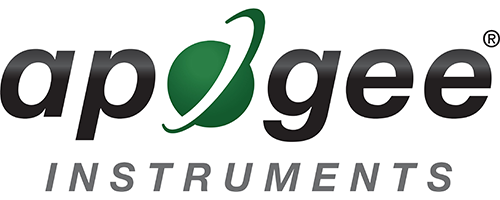Field Spectroradiometer FAQs
The PS series are excellent for spot measurements in the lab or field. They can also be used for spot calculations on reflectance or transmittance. The SS series are designed for either spot measurements in a field or lab as well as long-term deployment in a field or lab for various light studies including reflectance and transmittance.
PS-100:350 to 1000 nm
PS-200:300 to 850 nm
PS-300:300 to 1000 nm
SS-110:340 to 820 nm
SS-120:635 to 1100 nm
PS-200:300 to 850 nm
PS-300:300 to 1000 nm
SS-110:340 to 820 nm
SS-120:635 to 1100 nm
What is the difference between PAR sensors (e.g., SQ-110, SQ-500) and a Spectroradiometer (e.g., SS-110)?
The main difference between a PAR sensor and a spectroradiometer is what they can measure. PAR sensors are used to measure the total number of photons hitting an area in the range of 400 to 700 nm. Spectroradiometers measure the number of photons in each wavelength across their response spectrum. In other words, PAR sensors are used to measure light quantity (total amount of light) in a specific range, while Spectroradiometers are used to measure light quality (component parts of light).
PS Series:No, however, the fiber optic sensor is waterproof. Some customers have used the fiber optic cable without the cosine corrected head to get light readings under water. It is not recommended to take readings under water with the cosine corrected head attached. This is because the sensor itself is calibrated with the head attached and readings taken without the head are uncalibrated.
SS Series:
The SS Series spectroradiometer is not waterproof; however, it is weatherproof. The spectroradiometer was designed for long-term outdoor deployment.
Note that the field spectroradiometer may take up to 30 seconds to connect to your computer each time it is plugged in. When plugging your field spectroradiometer into your computer wait at least 30 seconds before unplugging.
